For your circuit, we can try to use iteration.
But first, we need to find: \$R_{TH}\$ and \$V_{TH}\$
\$V_{TH} = V_{CC} \frac{R_2}{R_1 + R_2} = 5V\$ and \$R_{TH} = R_1||R_2 = 29.17k\Omega\$
More about it here:
Calculation of base current and what decides the current through collector-emitter branch
We star the iteration prosec by asuming \$V_{BE}\$ value and calculate the base current:
$$I_B = \frac{V_{TH} - V_{BE}}{R_{TH} + (\beta +1)R_E } = \frac{5V - 0.6V}{29.17k\Omega +121*200\Omega} \approx 82.443 \mu A$$
And solving for \$I_C\$ current
$$I_C = 9.89mA$$ and the collector voltage \$V_C = 12V -9.89mA*1.5k\Omega= -2.83V\$
Since we are getting the negative value, this indicates that the transistor in your circuit is in a saturation region.
Thus, our equations do not hold anymore in the saturation region. In that case, we need to use KCL (\$I_E = I_B+I_C\$) and solve for currents when the transistor is operating in saturation.
$$I_E = I_B + I_C$$
$$\frac{V_E}{R_E}=\frac{V_{TH}-(V_{BE}+ V_E)}{R_{TH}}+\frac{V_{CC} - (V_{CEsat}+V_E)}{R_C}$$
And I solve it for \$V_E\$
$$V_E = \left(\frac{V_{TH} - V_{BE}}{R_{TH}} +\frac{V_{CC} -V_{CEsat}}{R_C}\right)\cdot R_E||R_{TH}||R_C $$
But this time we also need to guess \$V_{BE}\$ value and \$V_{CEsat}\$ as well.
Therefore, the first guess is:
$$ V_{BE} = V_T \ln \left(\frac{I_B}{\frac{I_{S}}{\beta}}+1\right)=0.663V$$
And
$$V_{CEsat} = 0.2V$$
Thus our first iteration is
\$V_E = 1.40597V\$ and \$I_E \approx 7mA\$
And the base curent is:
$$I_B = \frac{V_{TH} - (V_{BE}+V_E)}{R_{TH}} = 100\mu A$$
And the new (second iteration) Vbe value is
$$ V_{BE}(2) = V_T \ln \left(\frac{I_B}{\frac{I_{S}}{\beta}}+1\right)=0.668V$$
And this would end the process. There is no need to make more accurate calculations because the transistor is saturated.


